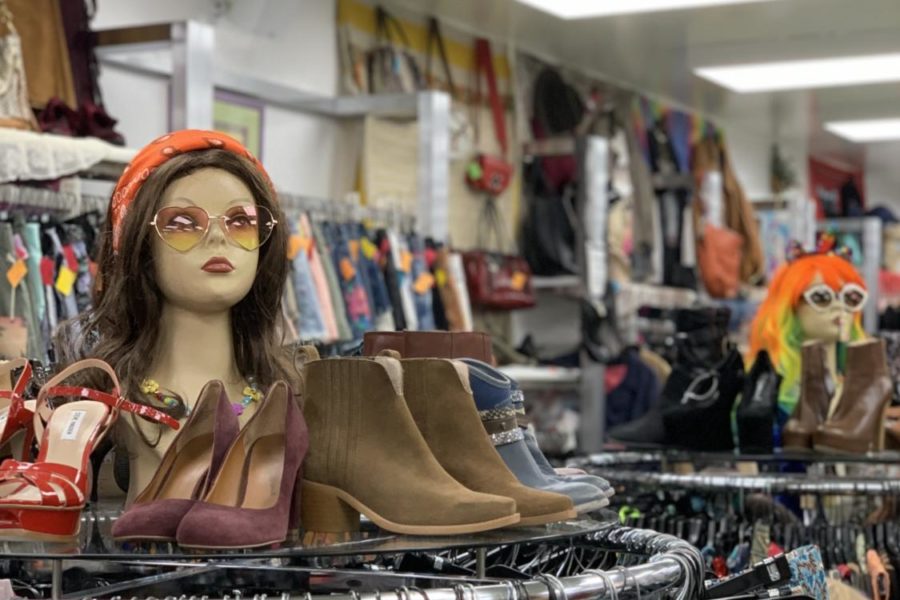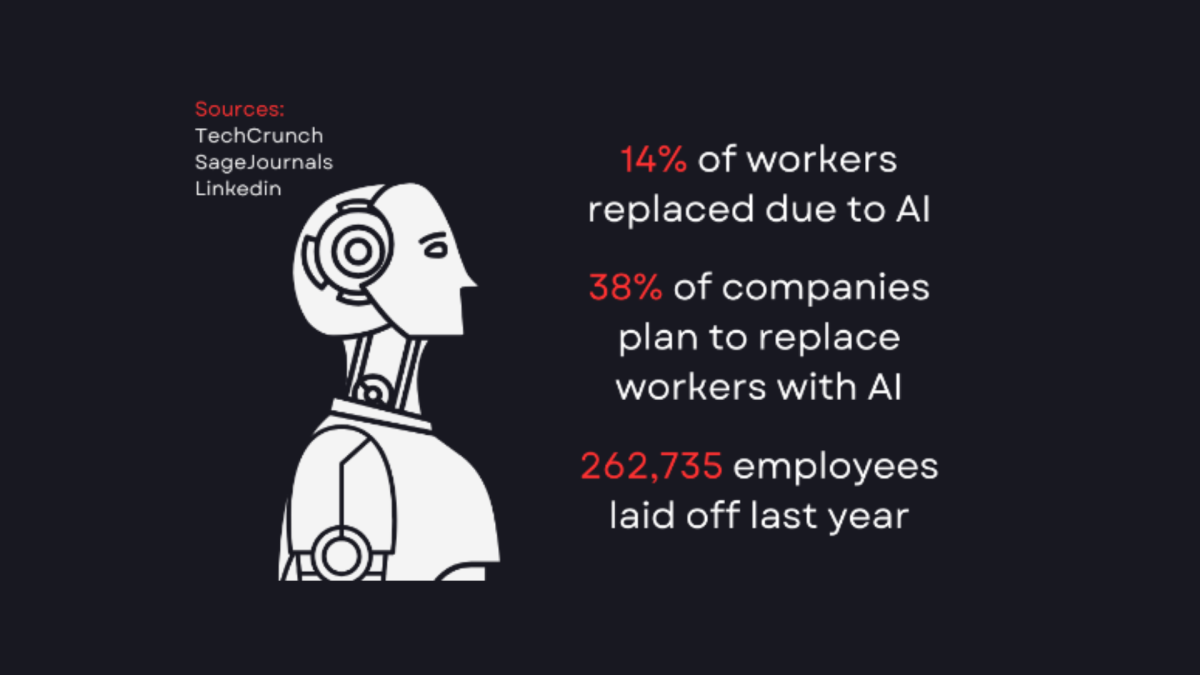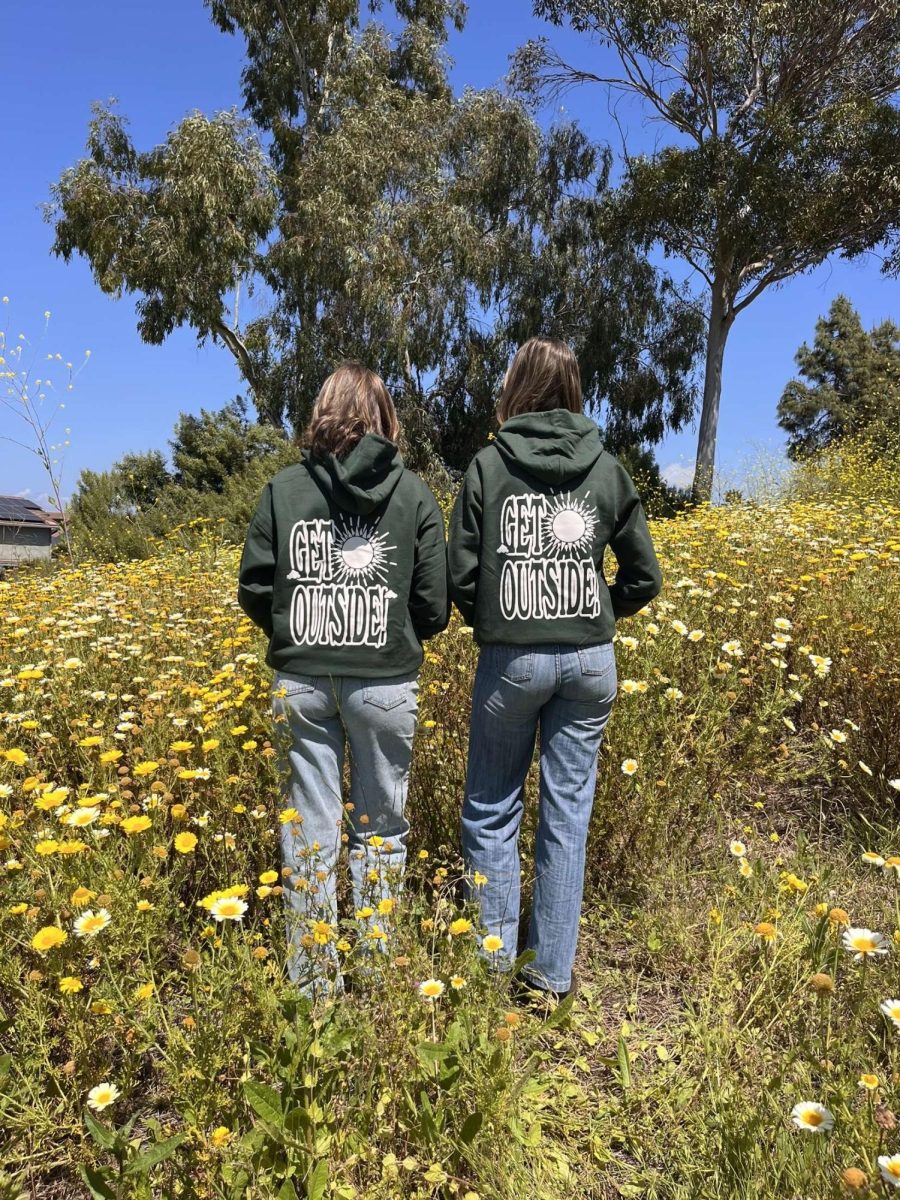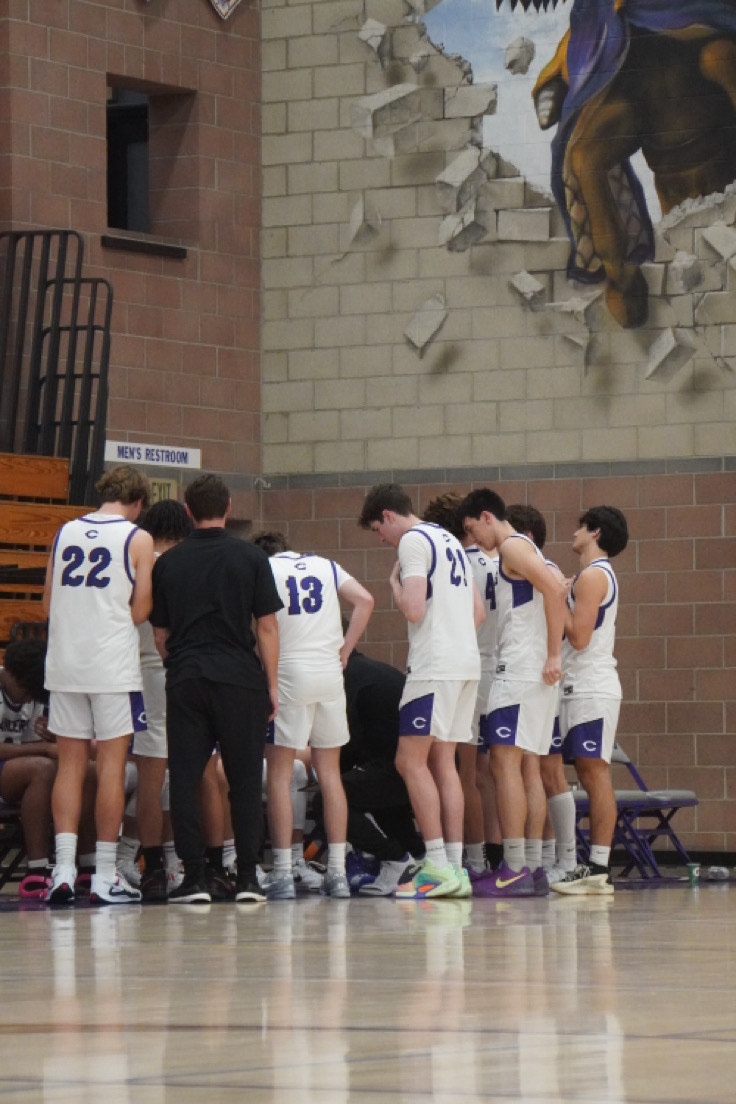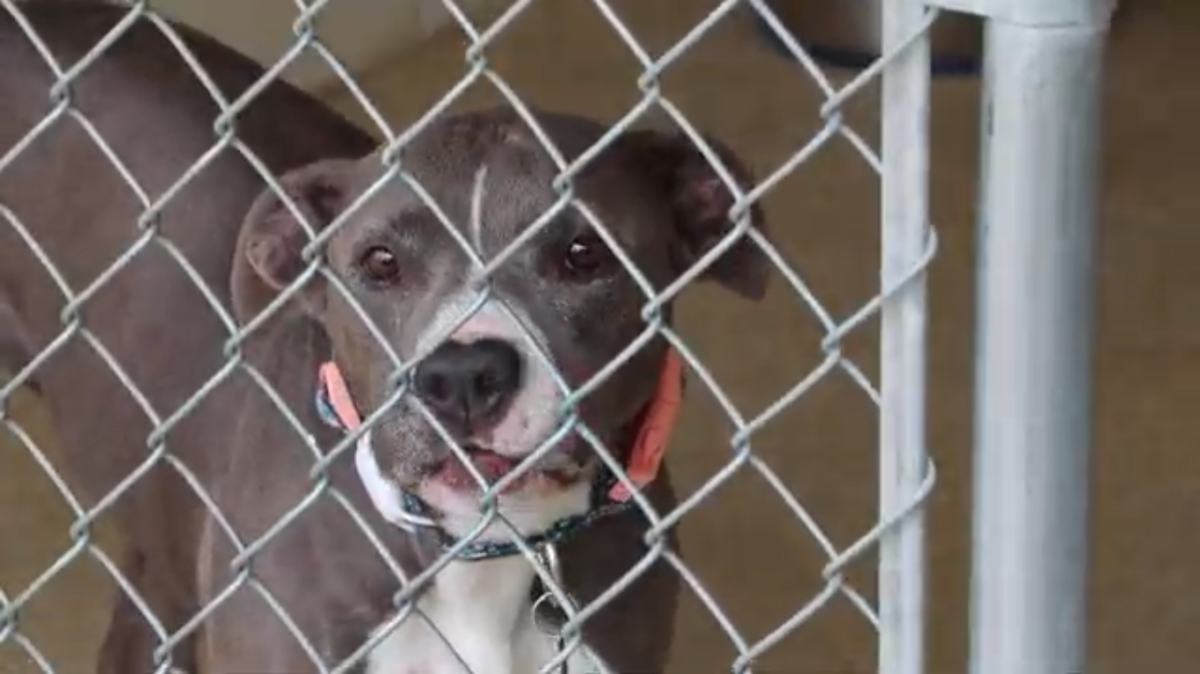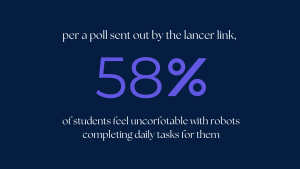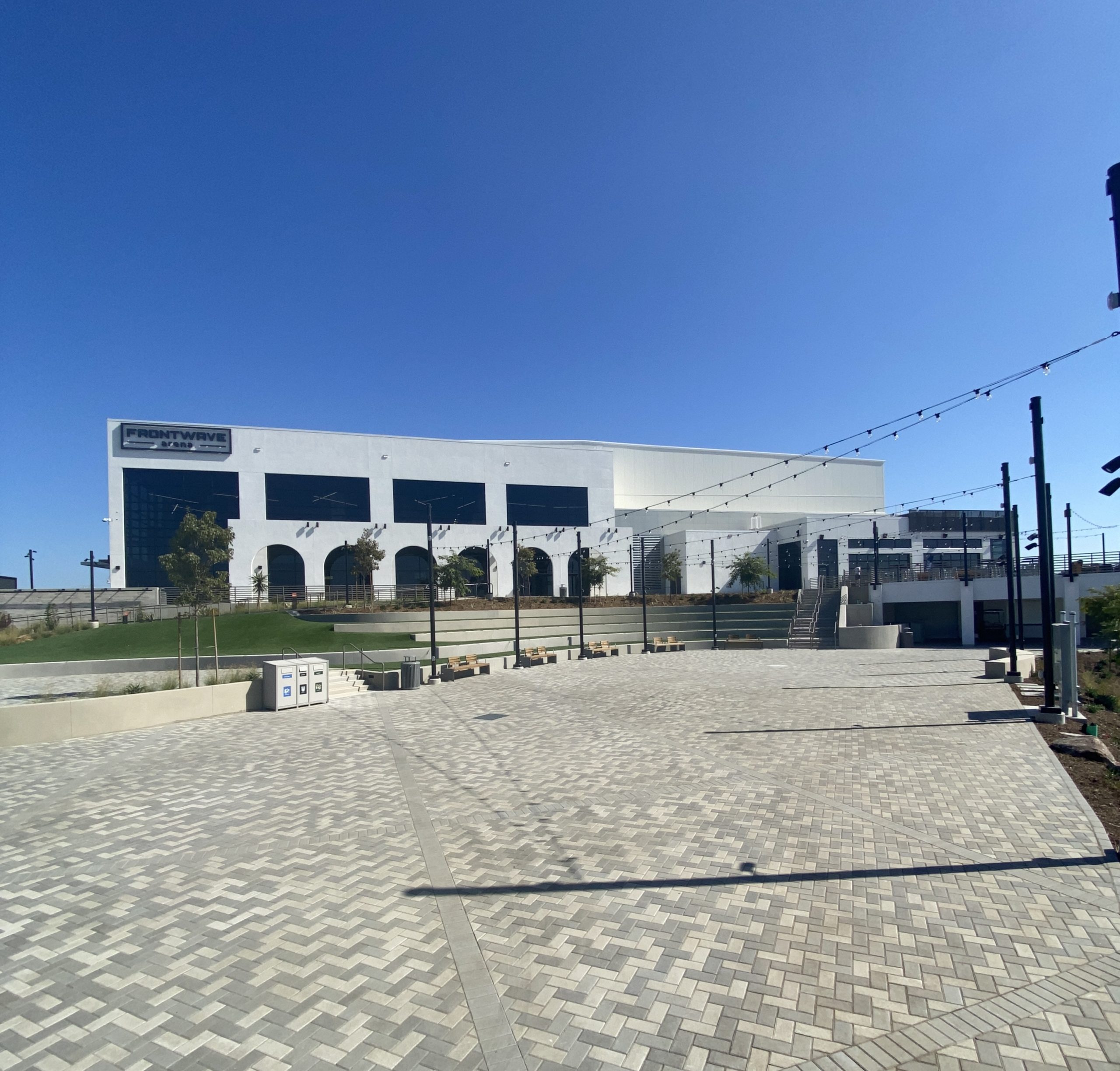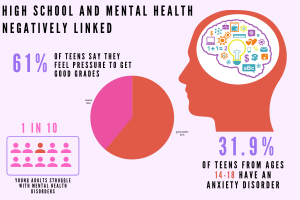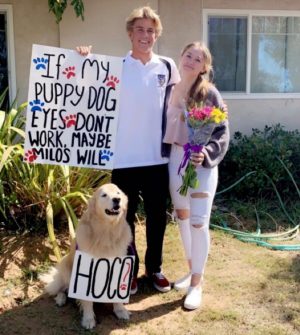Fashion can’t run, so why should it be fast?
Flashbacks, a thrift store located on 570 Grand Avenue, is paving the way toward a greener future.
November 5, 2021
It is time to ditch not only plastic straws, but costly fast fashion hauls. During the age of rapid climate change, many are beginning to notice the effects of developing overconsumption due to fast fashion and thus are utilizing simple and cost-effective solutions. Shopping second-hand has not only bettered people’s personal environmental footprints but has increased levels of confidence.
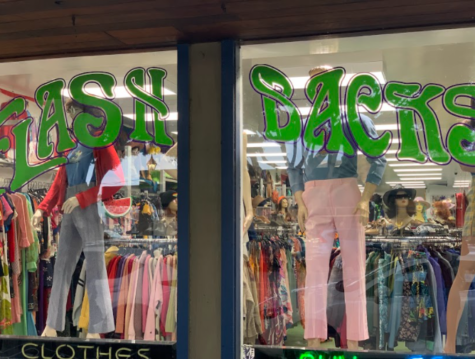
Flashbacks is a Carlsbad Village vintage-store-staple for every tourist and local. The walls are lined with beautiful fabrics dating from the 70s, royal blue denim Levi’s, and bags of all shapes and sizes. With so much (dare I say) eye candy, it is nearly impossible to tell that the items are second-hand and simultaneously at such low prices. Cole Kaplan is a sales associate at Flashbacks who also dresses in second-hand pieces.
“There are so many clothes that go to waste that don’t even see Goodwill, they go straight to the landfill, and I think it’s so cool to give clothes a second life,” Kaplan said. “My style has completely changed since I started here and I have no doubt that it’s gonna keep changing as I get more comfortable with myself or more comfortable with different styles. It’s the best way you can express yourself because you’re kind of like, ‘Hey this is me!’”
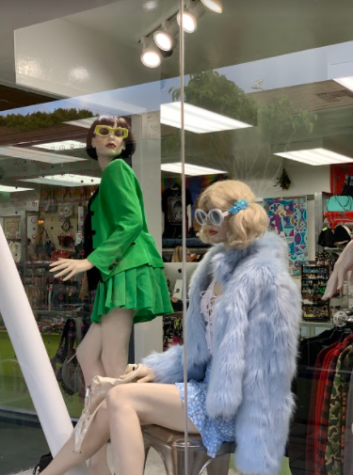
Environmental science major and new merchandise manager at Flashbacks, Bree Rahbari went on to explain the detrimental effects of fast fashion, and how rapidly evolving trends are not lessening the severity of the issue.
“The thing about new trends coming in is… fast fashion brands like Shein and Romwe will start bulk producing these toxic pieces of clothing,” Rahbari said. “Then the style is over and [there is] a new trend to pump out. Girls spend all their money on fast fashion websites and it’s an issue for climate change.”
She makes the connection between the harmful overconsumption of fast fashion and the subsequent justification from the consumer.
“I’ve heard people make the argument like, ‘Oh, I’m giving them a job by doing this.’ But I don’t think that’s the way you should look at it whatsoever. You’re giving them a horrible job… Supply meets demand- if there was no demand for child labor there would be no child labor,” Rahbari said.
Megan Willcox, a junior at Carlsbad High and former employee of a thrift store, spoke of social media influencing more growth in the fast fashion industry.
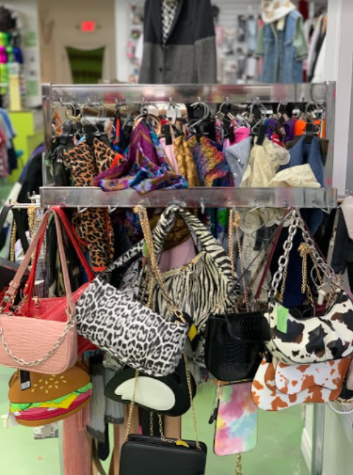
“I understand that there is a huge community on TikTok that’s focused on trends and [for example], ‘back to school’ outfits,” Willcox said. “With these constant trends being pushed…, we’ll just see a bigger growth in sweatshops and fast fashion. We don’t need to be making more clothes when there are literally all of the resources we need to dress the whole human population.”
In her spare time, she sews and visits fabric stores, thus having a good idea of what suffices as quality fabrics.
“From Shein especially, I touch the fabric and go- this will last two months,” Willcox said. “It won’t last as much as if you buy something for $20 at a thrift store. In the end, you’ll still have to buy more.”
What Megan describes is the concept of cost per wear, the actual cost on the basis of an estimated number of times of expected wears. Buying at a thrift store guarantees better quality because you apply common sense when assessing its quality. It has been pre-washed and used, but it’s quality will leave you wearing the top far more and longer than Shein could ever promise you.
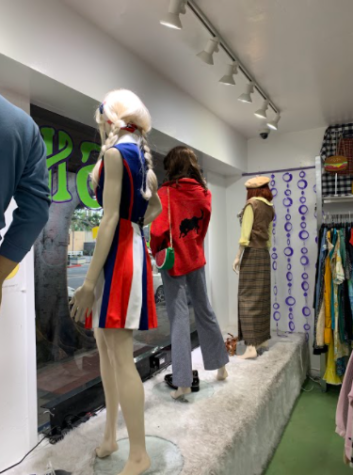
“As a developed country, we need to look at fast fashion from a consequentialist view because we need to realize at the end of the day this is causing a lot of harm, and stopping or reducing it would help everyone involved,” Willcox said. “The people benefitting from fast fashion are huge corporations who are abusive to the whole world and genuinely do not care about our ecosystems, climate change, and global warming.”
Unethical labor practices are available for corporations to take advantage of. Workers lack basic health and safety precautions as well as fair hours. Often, women face sexual harassment, and cannot fight against it for fear of unemployment.
“The people running these corporations don’t care about the minorities, especially kids and women, who they are underpaying, putting in dangerous facilities, because these factories are not actually safe,” Willcox said. “Fast fashion companies get to be abusive because there are not enough laws to protect women or children from all of these dangers.”
To Megan, thrifting has been a gateway to discovering her identity through fashion.
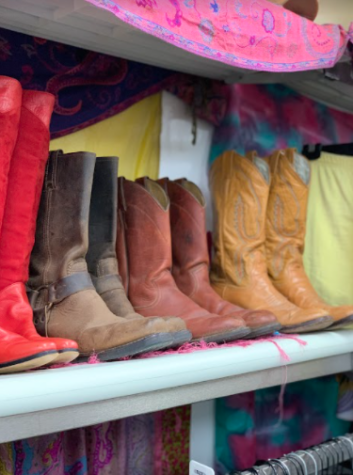
“When I lived in Mexico and I didn’t really know my sexuality well and it was just kind of everywhere, I just kind of dressed what was in the stores and I realized over quarantine, [where] I had time to find out what I liked, what I was comfortable with,” Willcox said.
Not only has she been thrift shopping, but she reuses her mother’s old clothes in her current outfits.
“I have a ton of clothes my mom wore in the 80s that are in perfect condition still because, as I said, clothes from those times are better quality because they were meant to last,” Willcox said. “For the people who economically can’t, we’re not trying to guilt-trip them into doing so, but that’s why there’s thrifting, a sustainable option that is economically plausible.”
In the late 20th century, the fast fashion industry exploded in popularity and lost sight of good quality clothing.
“We’re all hand curated too, so [we’re] not [a] thrift store where we take everything people donate to us,” Rahbari said. “We take the time to go through everything that people sell us.”
Flashbacks’ accommodating, stylish staff are ready to help you achieve a wardrobe that commits to a greener earth and promises heads to turn.
“I like knowing that I’m doing something different,” Rahbari said. “I like having that standout own individual sense of fashion, rather than getting the same thing as everyone else. This is life, we express ourselves.”



